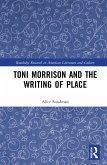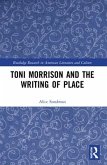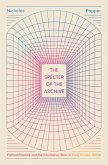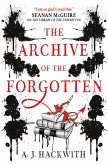"As English departments look to an uncertain future, they also look to their past. But until now, histories of literary studies have focused on scholarship at the expense of teaching. Rachel Buurma and Laura Heffernan's book is a different kind of history of literary study, one that examines the confluence of teaching and research in the careers of some of the discipline's most intriguing figures. The result is a revelation, showing us a series of major literary thinkers in a place we seldom think of them inhabiting: the classroom. We watch T. S. Eliot revise his modern literature syllabus for his working-class students at the University of London's extension school, reimagining early modern drama as everyday literature written by working poets. We read about Caroline Spurgeon, who, in 1913, became the first female professor in the UK and invited her first-year women's college students to compile their own reading indexes and thereby reconfigure the world of letters. And we learn how a century ago the medievalist Edith Rickert invented new methods of quantitative literary analysis. I. A. Richards, Cleanth Brooks, and Edmund Wilson figure prominently in Buurma and Heffernan's study, as do the African American scholar J. Saunders Redding and the Puebloan writer Simon Ortiz. Throughout, the authors draw on what they call "the teaching archive"-the syllabi, course descriptions, lecture notes, and class assignments that document actual classroom practice. Buurma and Heffernan show how profoundly indebted many key authors were to teaching for the insights that eventually made their way into books. They also change how we see the literary canon, showing that classrooms have been the home to a much wider array of works than we'd expect. Finally, they give us an urgent history for the present moment, when universities increasingly-and misguidedly-approach teaching and research as separate activities for the purposes of hiring, assessment, promotion, and funding"--
Hinweis: Dieser Artikel kann nur an eine deutsche Lieferadresse ausgeliefert werden.
Hinweis: Dieser Artikel kann nur an eine deutsche Lieferadresse ausgeliefert werden.








